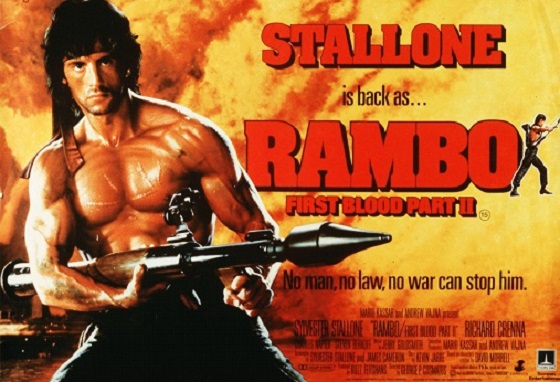Steven Seagal plays the same ex-CIA bad-ass he always does, as he slumbers through another uninspired DTV film.
The plot for this sees Whispering Steve in the middle of a conspiracy after he unexpectedly comes into possession of a deadly biological weapon. This summary may explain the overall narrative arc, but little else in this desperately convoluted potboiler does.
Why for instance, does Old Totem Face Steve never display a moment of parental anguish after his daughter is kidnapped? And why does he spend most of the film ambling around with the woman who snatched his child? Answers on a postcard please.
One point of which we can be certain is that the villains want Big Steve dead. So, to despatch their foe, they call up a helicopter to chase Steve down a heavily tree-lined road. The chopper loses sight of its prey, which allows Seagal to take up a sneaky firing position.
Taking careful aim with his pistol, Seagal shoots at the copter seriously damaging it. The whirlybird spins round and loses altitude, before crashing and exploding in an unconvincing CGI fireball.
Verdict
Genuinely poor. On the evidence here director Michael Keusch shouldn’t be trusted with the blowing up a party balloon let alone a helicopter.
The explosions are yellow CGI generated blobs out of which emerge non-descript chunks of what we’re supposed to believe is helicopter wreckage, but that look more like a few random jigsaw pieces.
It’s cheesy, poorly done, and an affront to the viewer. Yet, oddly, it’s so risible that you can’t despise it for long. If you’re going to be bad, you may as well be this bad.
Exploding helicopter innovation
None. Much like Seagal films of this era, it‘s hard to detect any evidence that time, effort, or imagination has been spent on this scene.
Positives
An otherwise terminally dull film briefly flickers into life, before being snuffed out by a swift return to tedium.
Negatives
The scene leaves exploding helicopter fans feeling cheap and tawdry, as if we’ll tolerate any kind crap film just because it’s got a chopper fireball in.
Favourite line
“Oh man, that’s no freebase accident. That’s syphilis.”








